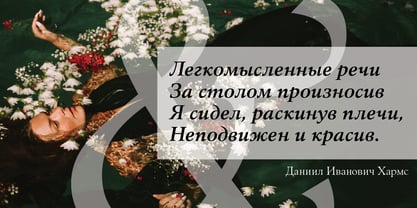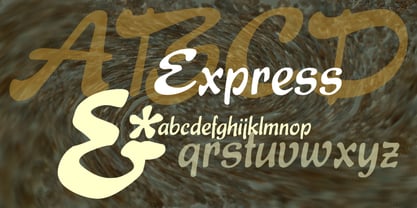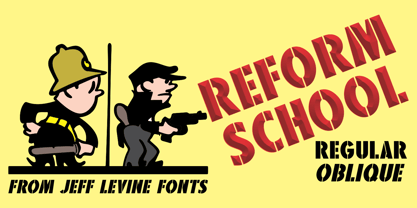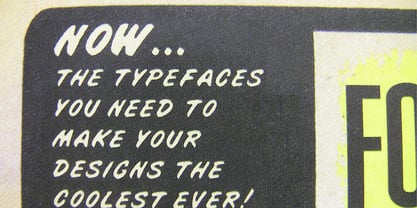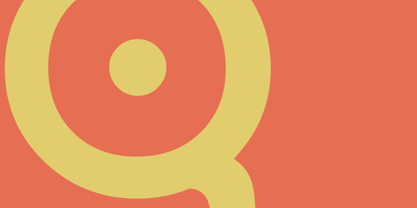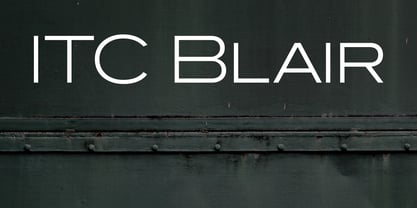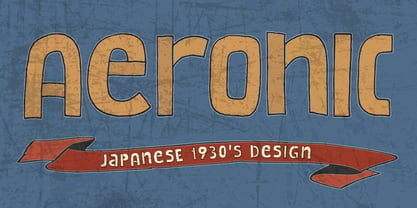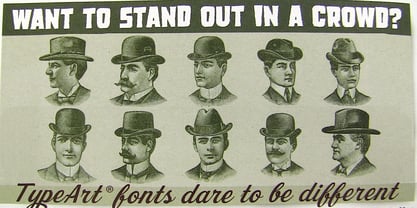2,120 search results
(0.021 seconds)
- Cake! - Unknown license
- Stencil Package JNL by Jeff Levine,
$29.00 - Zwart by Holland Fonts,
$30.00 - Revival 565 by ParaType,
$30.00 - Bernhard Signature by Jonahfonts,
$40.00 - Cybertown Subterranean - Unknown license
- EctoBlaster - Unknown license
- Linear Curve Fatty - Unknown license
- Cheetah - Unknown license
- Shamen Remix - Unknown license
- Antelope H - Unknown license
- Doctor Azul - Unknown license
- Fluffster - Unknown license
- Eroded 2020 - Unknown license
- French Grotesque - Unknown license
- Express by ParaType,
$30.00 - Reform School JNL by Jeff Levine,
$29.00 - Demun Lotion - Unknown license
- 26WOMAN - Unknown license
- Rugguggla - Unknown license
- Buffalo Joe by TypeArt Foundry,
$45.00 - Dronecat - Unknown license
- Twentieth Century by Monotype,
$29.99 - ITC Blair by ITC,
$50.99 - Candida by Linotype,
$50.99 - Aeronic by Hanoded,
$15.00 - ion - Unknown license
- spearbox - Unknown license
- Masterforce - Unknown license
- Dream Lover by TypeArt Foundry,
$45.00 - Squizzlie - Unknown license
- Stoopid - Unknown license
- ZeroDegrees - Unknown license
- Circuit Scraping - Unknown license
- Delusion - Unknown license
- BoomBox - Unknown license
- Drowning Monkey - Unknown license
- Transformers - Unknown license
- I SEE SPIRALS - Unknown license
- Lingonvecka - Unknown license


